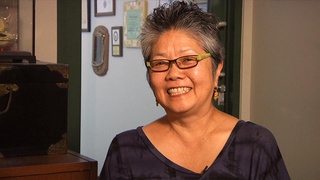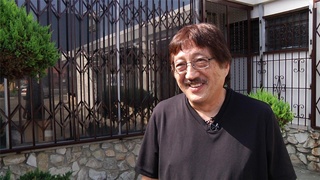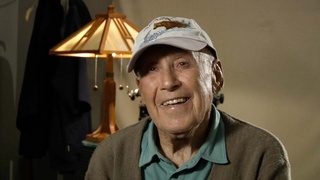Interviews
Conflicted about immigrating to America (Japanese)
(Japanese) I felt deeply conflicted about a lot of different things. I wondered if I was making a big mistake. People talk about going to America so happily, but I didn’t come here head over heels with longing. I wondered if I wouldn’t be taking a wrong step in life. I wondered if I shouldn’t stay in Japan, at home. At that time, I was still in Fujisawa. So, it wasn’t like I came at a moment’s notice happily and in high spirits.
Soon after I came to America, everyone would tell me, “It’s good to have come to America, isn’t it?” and “Isn’t it great to have had the chance to come to America?” but at that time I couldn’t say with arms wide open that that was really true. I wondered if I had made a mistake with my future. That thought was constantly in my head. But he was sincerity itself; he alone was my pillar.
Right about after the war…it must have around 1950. There was an American movie at the time called “Going My Way”. I liked the title of that movie, one’s own path, “Waga michi wo yuku” in Japanese. I came to America encouraged by that. Waga michi wo yuku.
Date: January 26, 2012
Location: California, US
Interviewer: John Esaki, Yoko Nishimura
Contributed by: Watase Media Arts Center, Japanese American National Museum
Explore More Videos









Postwar school-life
(b. 1930) Half Japanese and grew up in both Japan and the United States.

On Challenging Institutions
(1938-2020) Japanese American attorney and civil rights activist

Pop and Balls
(1938-2020) Japanese American attorney and civil rights activist

Re-examining Identity
(1941-2018) Japanese Canadian photojournalist and activist

Meeting Mr. Amano
(1916 - 2013) Member of the U.S. Military Intelligence Service

Marriage and Returning to US
(1916 - 2013) Member of the U.S. Military Intelligence Service

Defining "Nikkei"
(1941-2018) Japanese Canadian photojournalist and activist
